Considerations for Designing “Value Calculators” for Oncology Therapies
The proliferation of high-cost cancer therapies has prompted efforts to quantify their value to healthcare stakeholders and society. The inherent challenge in achieving this goal is that each stakeholder holds differing perspectives of value. Calculators that have emerged to measure the value of cancer therapies reflect the interests of their developers and vary substantially in their intention, format, and usability. Input from each stakeholder is critical to construct a tool that has applicability to individuals, populations, and the healthcare system.
Background
In today’s healthcare delivery and reimbursement environment, the focus has shifted from volume to value. Purchasers and payers now compel providers and pharmaceutical manufacturers to demonstrate the value of services and products through metrics that can be measured. In theory, the provision of value-based care also improves the patient experience through higher quality and satisfaction.
The shift to value-based care has been rapid in high-cost specialties where clearly established care protocols can result in predictable outcomes, such as cardiology and orthopedics. In oncology, where personalized treatment approaches are more common, the value-based paradigm has been slower to take root. Scientific advances in our understanding of cancer defy population-based approaches to care, which often form the foundation of value-based reimbursement programs.
Our evolving recognition of cancer, as a complex gallery of molecularly driven diseases, has led to the development of niche drugs, often costing $100,000 or more per year of treatment.1 Escalating drug costs have prompted several individuals and organizations to develop tools or, “calculators,” intended to pinpoint the value of new drug therapies. To date, 4 value calculators have been developed for public dissemination of information, and more are likely to emerge.
In March 2016, The American Journal of Managed Care assembled an expert panel representing payers, providers, pharmaceutical companies, and patients to discuss meaningful considerations for building a value calculator. The group examined the strengths and weaknesses of existing calculators and reached consensus on additional considerations that are relevant across stakeholder groups.
The panel was moderated by Bruce A. Feinberg, DO, vice president and chief medical officer, Cardinal Health Specialty Solutions. Experts who lent their opinions to the discussion included Alan Balch, PhD, chief executive officer, Patient Advocate Foundation; James C. Gilroy, senior director, Market Access, Eli Lilly & Co; Ira Klein, MD, MBA, FACP, senior director, Quality, Strategic Customer Group, Janssen Pharmaceutical Companies of Johnson & Johnson; Michael A. Kolodziej, MD, national medical director, Oncology Solutions, Aetna; and Ted Okon, MBA, executive director, Community Oncology Alliance.
Continue Reading on AJMC
